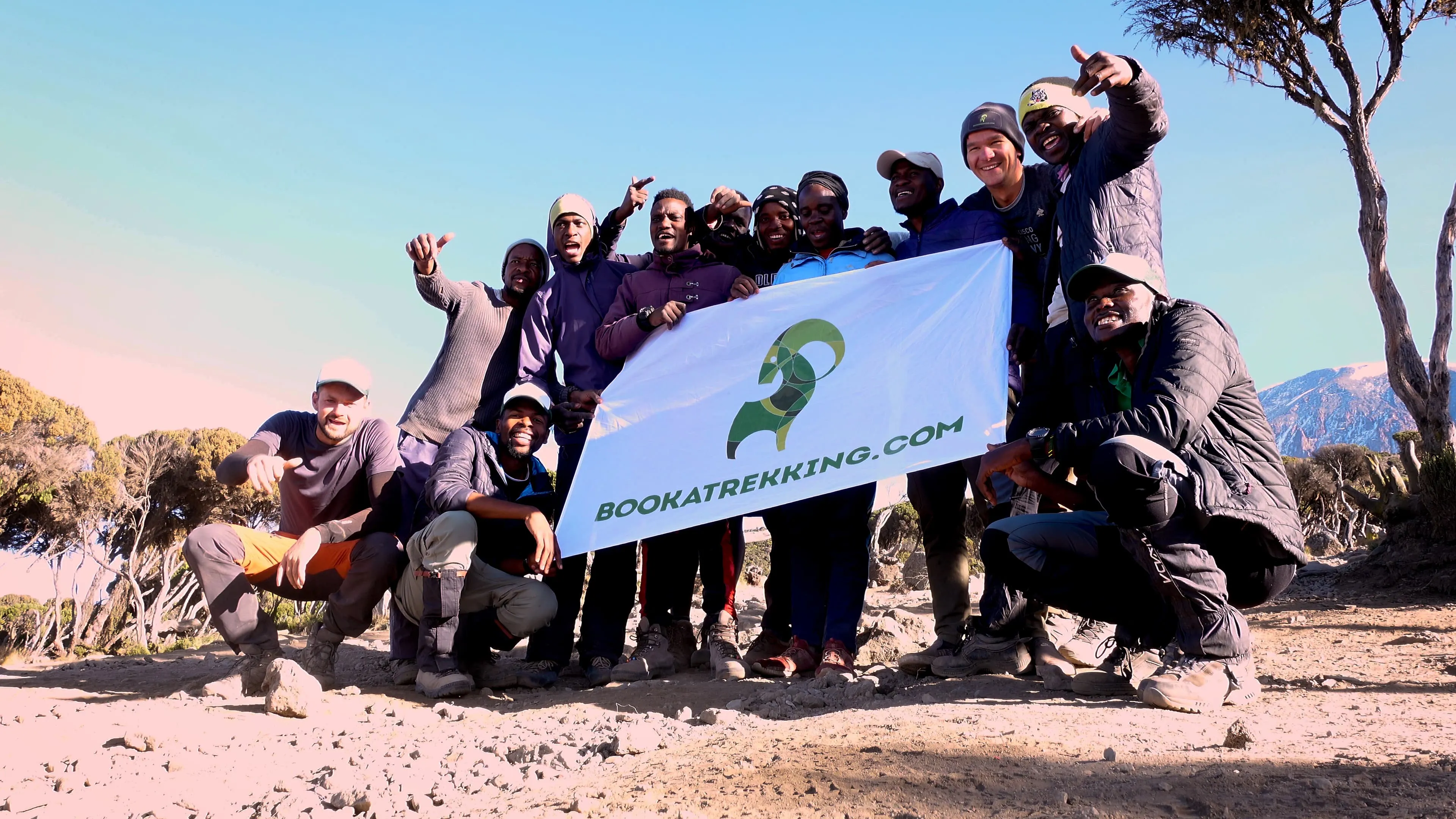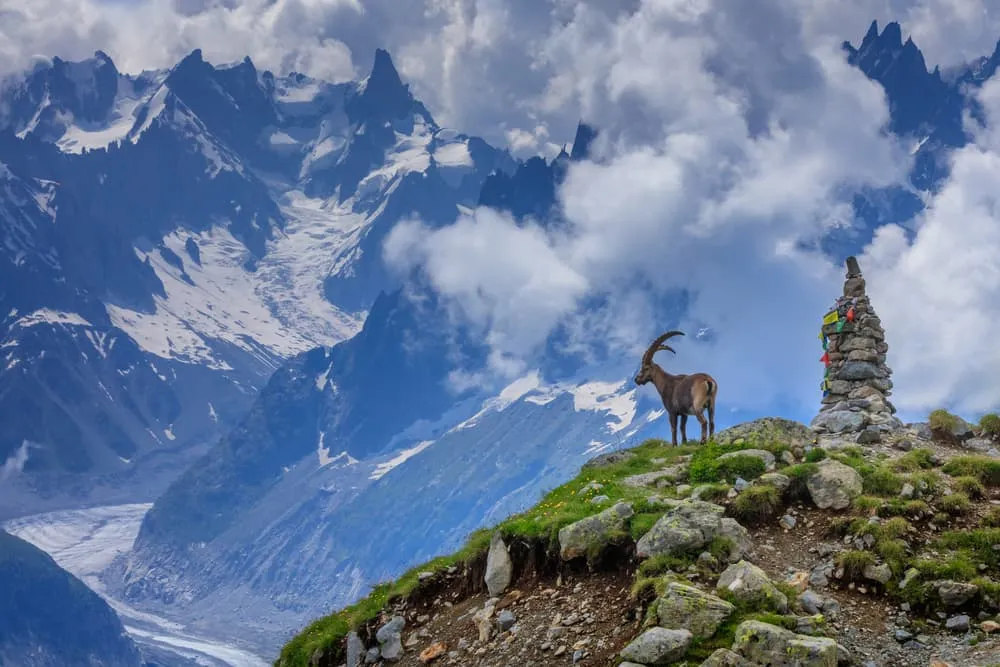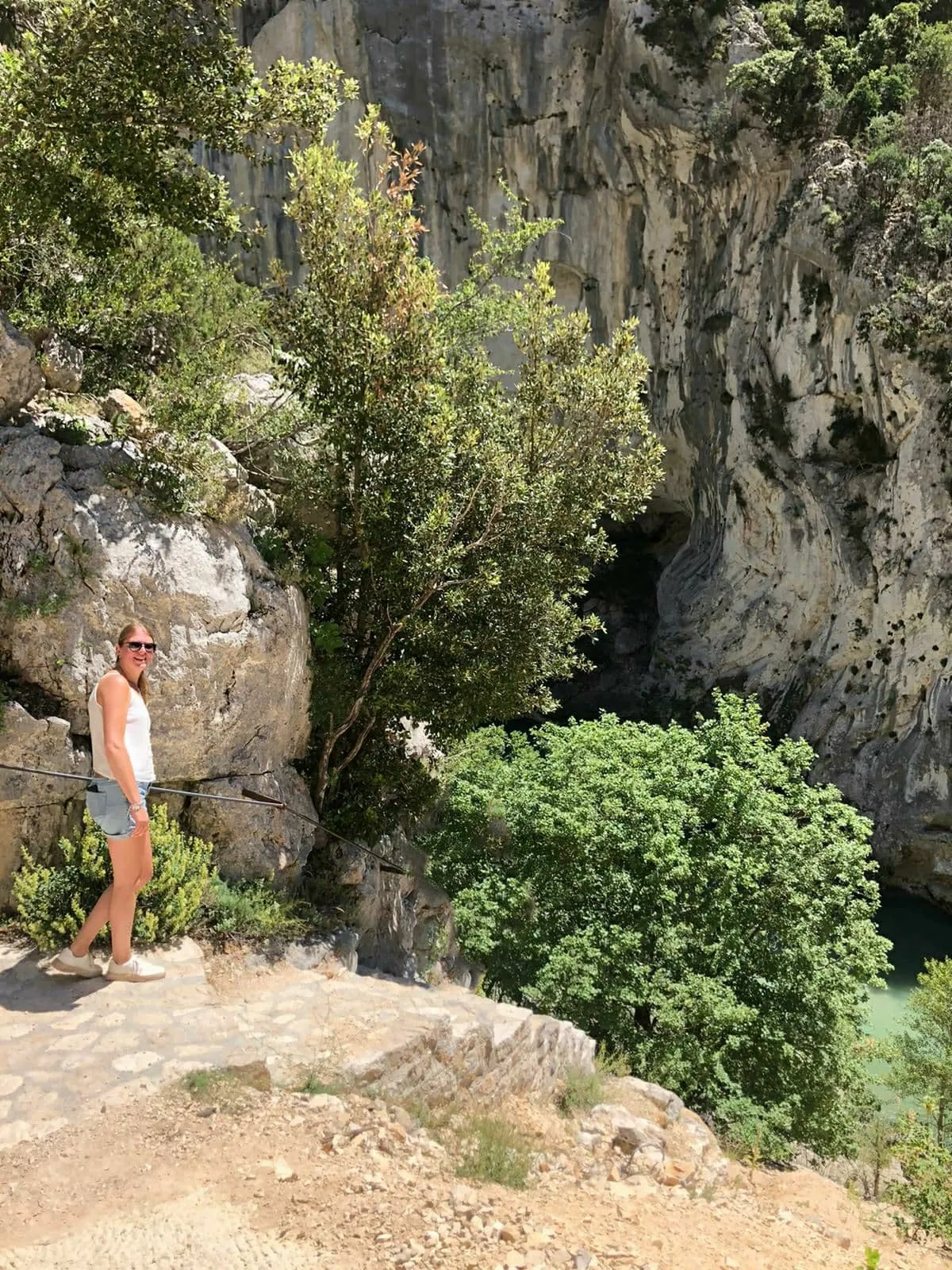The Whisky Route? The name is the cooler sibling of the much easier Marangu Route. The Marangu Route is known as the Coca-Cola Route or the Tourist Route. Although the Machame is not technically much more difficult, it is considered to be a bit more challenging.
It is the most popular route of today because of of its high success rates and because of the beauty of highlights on trail such as the Shira Plateau, the Lava Tower and the Barranco Wall. Because the Machame Route is so popular, the rates are also relatively lower for this Kilimanjaro route.
Machame Route

Trekking experts per destination
Free cancellation up to eight weeks in advance
Quick personal advice
Where
When
Duration
6 days 7 days
View updated results

Find Machame Route Hiking & Trekking Trips
Reviews
Also Interesting
About Us
At Bookatrekking.com, you will find the trek that will make your life unforgettable. Whether you want to explore the Inca Trail or climb Kilimanjaro. Bookatrekking.com has a wide and varied range of first-class treks. No false promises are made here. Transparent prices and bookings are fixed instantly. Find, compare, book and trek!
Read more about us 



